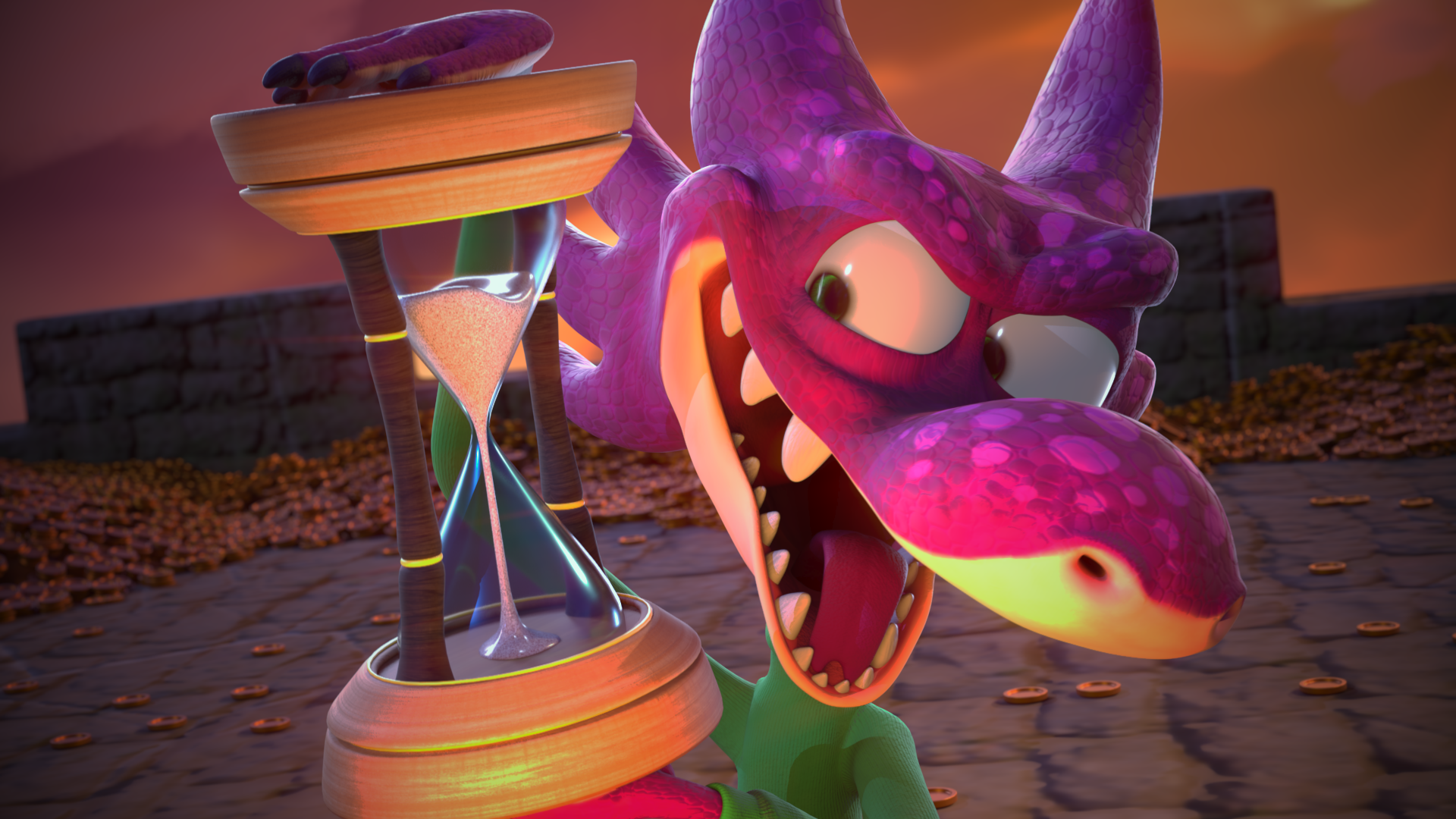
Animation
Unleash your creativity and learn skills for a rewarding career in film, series, games, and more.
Animation, B.S.
Are you ready to bring your wildest ideas to life on the screen? MTSU's Animation program empowers students to fulfill their dreams of becoming the top creative artists in the animation industry of tomorrow.
We provide students with extensive knowledge of new and foundational skills and cutting-edge tools to build strong careers in film, series, games, visualization, commercials, and more. Students get hands-on opportunities beginning in their first semester with traditional art and animation techniques and progress through a seven-semester sequence learning advanced digital tools, pipelines, and equipment used by major animation, VFX, and game studios, like our state-of-the-art XR Stage. Don't miss your chance to be a part of the action - join MTSU's Animation program and unleash your creativity!
If you live in one of these states: AL AR KY MS OK SC ; you may be able to attend MTSU at in-state rates under the Academic Common Market program.
News Briefs
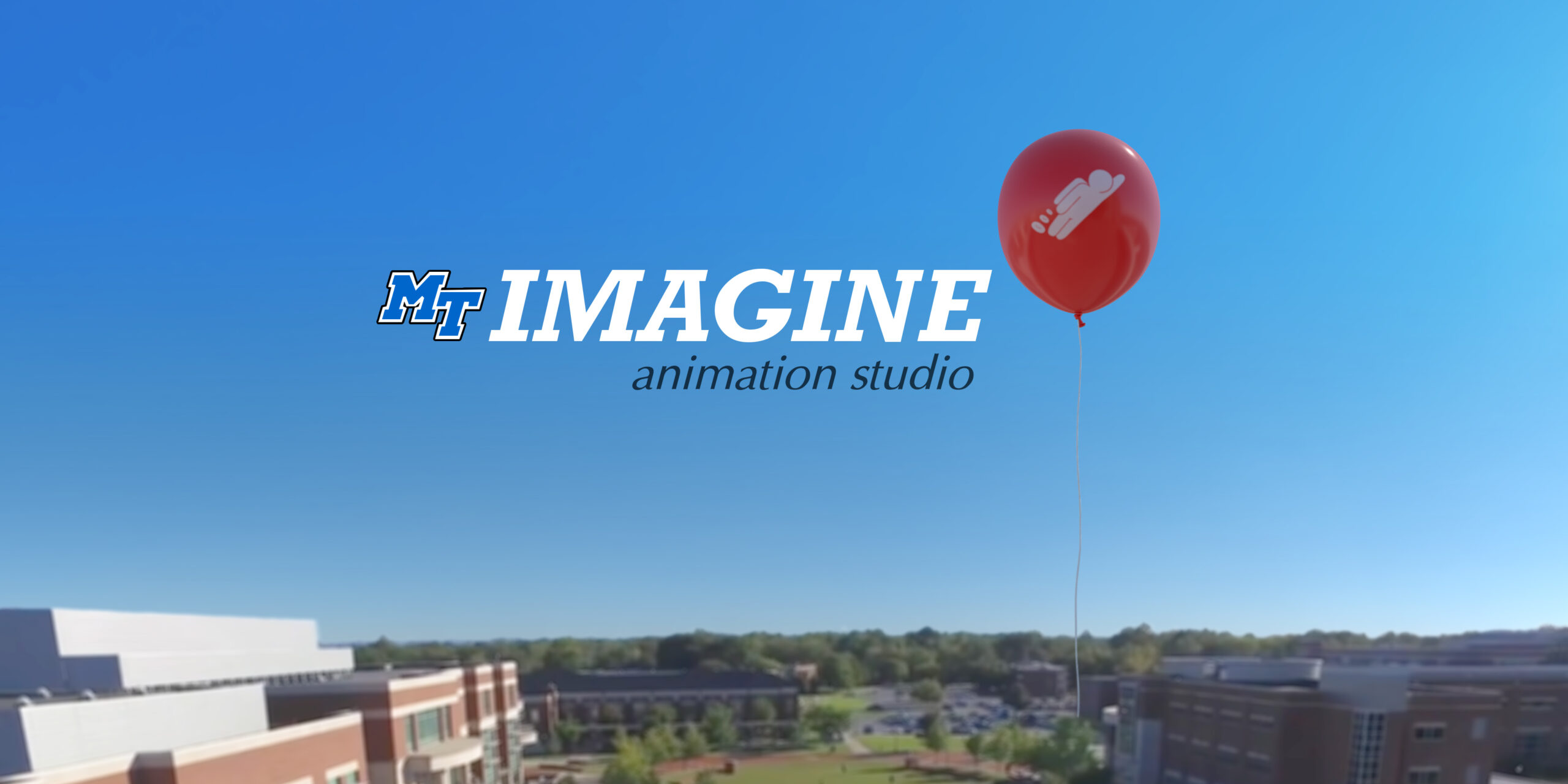
MTSU Animation program launches MT IMAGINE Animation Studio
The MTSU Animation program proudly presents its new MT IMAGINE Animation Studio. The studio offers students paid internship opportunities to work on various projects for regional clients. The studio employs the best talent to create 2D animated cartoons, 3D animated projects, motion design for broadcast TV, Virtual Reality applications, visual effects for film, digital content for virtual production, and more. Associate Professor Rodrigo Gomez, who developed and launched MT IMAGINE says, “Most jobs have a requirement of experience to get hired. We’re trying to build a space that really gives students an opportunity to work on things they can put in their portfolio, say that they worked for a client, and get paid for the work they do.” For more information on MT IMAGINE Animation Studio, please visit https://mtsu.edu/mtimagine.
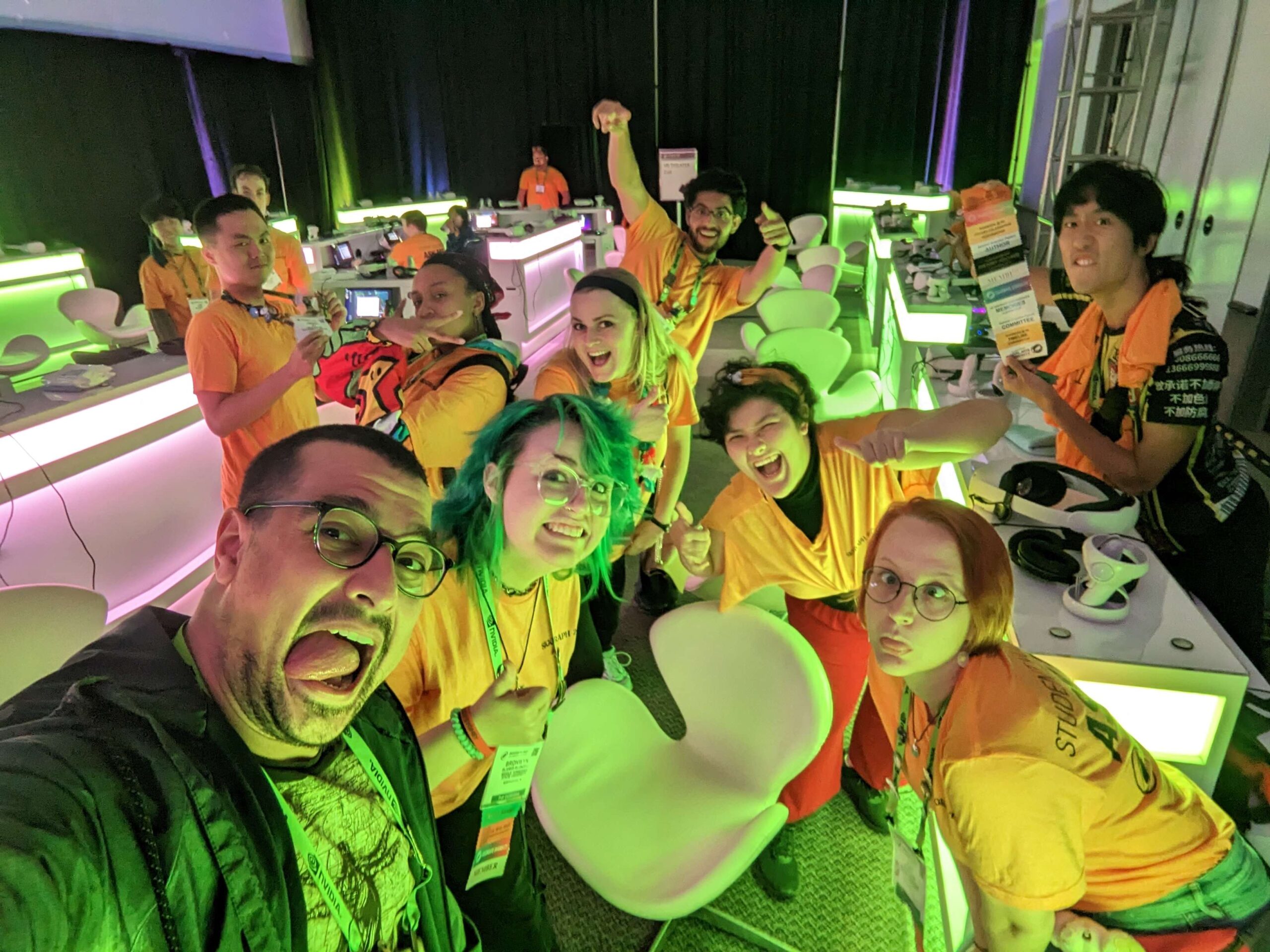
MTSU Animation students make an Impact at SIGGRAPH 2023
MTSU continues to have a strong presence at the annual SIGGRAPH conference, which was held this year on August 6th- 10th in sunny Los Angeles, California. The highly respected and renowned international conference is the largest conference for computer graphics and interactive techniques. This year, 19 MTSU Animation students were accepted as student volunteers and one accepted as a team leader. They were among the nearly 300 students selected from over 100 universities worldwide for this exclusive program. Animation Program Coordinator, Kevin McNulty, and Professor Rick Lewis, both of whom presented at the conference, are also deeply involved in the ACM SIGGRAPH organization. Professor Lewis serves on the Education Committee as the Faculty Submitted Student Work curator, while Professor McNulty serves on the Professional and Student Chapters Committee as the Student Chapters Liaison, and the Education Committee as the Chapters Liaison. Professor McNulty, who is also the faculty advisor for the MTSU ACM SIGGRAPH Student Chapter said this, “We’re so proud of how many of our animation students get selected for this honor each year. But if you think about it, it makes sense. Afterall, we are the Volunteer State.”
News Briefs
MTSU Animation program launches MT IMAGINE Animation Studio

The MTSU Animation program proudly presents its new MT IMAGINE Animation Studio. The studio offers students paid internship opportunities to work on various projects for regional clients. The studio employs the best talent to create 2D animated cartoons, 3D animated projects, motion design for broadcast TV, Virtual Reality applications, visual effects for film, digital content for virtual production, and more. Associate Professor Rodrigo Gomez, who developed and launched MT IMAGINE says, “Most jobs have a requirement of experience to get hired. We’re trying to build a space that really gives students an opportunity to work on things they can put in their portfolio, say that they worked for a client, and get paid for the work they do.” For more information on MT IMAGINE Animation Studio, please visit https://mtsu.edu/mtimagine.
MTSU Animation students make an Impact at SIGGRAPH 2023

MTSU continues to have a strong presence at the annual SIGGRAPH conference, which was held this year on August 6th- 10th in sunny Los Angeles, California. The highly respected and renowned international conference is the largest conference for computer graphics and interactive techniques. This year, 19 MTSU Animation students were accepted as student volunteers and one accepted as a team leader. They were among the nearly 300 students selected from over 100 universities worldwide for this exclusive program. Animation Program Coordinator, Kevin McNulty, and Professor Rick Lewis, both of whom presented at the conference, are also deeply involved in the ACM SIGGRAPH organization. Professor Lewis serves on the Education Committee as the Faculty Submitted Student Work curator, while Professor McNulty serves on the Professional and Student Chapters Committee as the Student Chapters Liaison, and the Education Committee as the Chapters Liaison. Professor McNulty, who is also the faculty advisor for the MTSU ACM SIGGRAPH Student Chapter said this, “We’re so proud of how many of our animation students get selected for this honor each year. But if you think about it, it makes sense. Afterall, we are the Volunteer State.”
Related Media

Careers in animation cover a wide array of specializations that one can see in the long list of credits at the end of any animated or visual effects heavy film. Major categories for animated content include film, series, games, visualization, commercials, and VR/AR/MR/XR.
Possibilities for prospective careers include:
- 3D modeler
- 3D projection mapper
- Animated filmmaker
- Animator for film, series, and video games
- Architectural visualization artist
- Compositor
- Concept Artist
- Forensic re-creation artist
- Lighting and rendering artist
- Medical visualization artist
- Motion graphics artist
- Motion Performance Artist
- Product design artist
- Rigger
- Script writer
- Storyboard Artist
- Technical director
- Texture Artist
- Video game production artist
- Virtual Environments and Set Designer
- Visual effects artist for film and video
Employers of MTSU alumni include
- ActionVFX
- Baby Giant
- Big Idea Entertainment
- Blizzard Entertainment
- Blue Sky Studios
- Cinesite Studios
- CMT
- Digital Domain
- DreamWorks Animation
- DWP Live
- Gamma Blast Studios
- Gibson
- Industrial Light & Magic (ILM)
- Innovative Learning Solutions
- Magnetic Dreams
- Millennium Studios
- Nitrogen Studios
- North Star Studios
- Pixel Magic
- Pixomondo
- ReelFX Animation Studios
- Rhythm & Hues
- Shadowmachine
- Sony Pictures Imageworks
- Tippett Studios
- Titmouse
- Waterproof Studios
- WB Games



Degrees
Students may choose from five Bachelor of Science (B.S.) degrees in the Department of Media Arts.
- B.S. in Animation
- B.S. in Interactive Media
- B.S. in Media Management
- B.S. in Photography
- B.S. in Video and Film Production
For complete curriculum details, click on the REQUIREMENTS link.
Students may minor in any program that is not under the same degree as their major.
A Master of Science (M.S.) degree is available in Media and Communication.
Recommended Computer Requirements
Windows PC desktops are recommended for cost efficiency and high performance. PC laptops and Mac desktops/laptops are discouraged. Minimum requirements and certified hardware to run the latest version of Autodesk Maya, but it is recommended to go higher for longevity. Pressure-sensitive drawing tablets are also highly encouraged.
Accreditation
The B.S. in Animation is accredited by NASAD, National Association of Schools of Art and Design. In the spirit of sharing information related to the program's performance with the public, the following data is provided here.

Student Orgs
Student Organizations for Animation majors
Student organizations can play a critical role in every student’s success. They go beyond formal curriculum to provide students with opportunities to gain relevant experience, develop résumé points, build portfolio items, and socialize with like-minded peers. Anyone enrolled at MTSU can join any official student organization regardless of major or grade. The most successful students often use student organizations to get a jump on their careers. Besides that – it can also be a lot of fun!
MTSU ACM SIGGRAPH Student Chapter
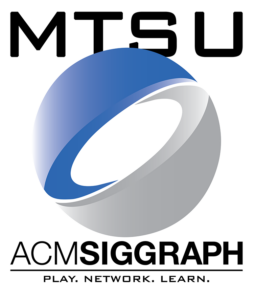
The MTSU ACM SIGGRAPH Student Chapter is an official chapter of ACM SIGGRAPH, the world’s largest organization for computer graphics and interactivity. The chapter is for those with interests and passion in animation, video games, computer graphics, films, visual effects, television, web, anime and all related things. Weekly meeting include guest speakers, workshops, contests, portfolio work, group film trips, lots of networking opportunities and much more. This is the student organization for Animation majors serious about their future careers.
For more information, email Kevin McNulty, MTSU ACM SIGGRAPH Student Chapter Advisor
MTSU Esports
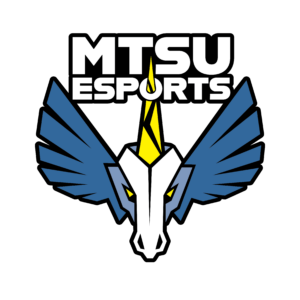 Gaming has become less of a pastime and more of a lifestyle! MTSU Esports offers students and faculty the opportunity to join a community fit for gamers and geeks alike. While we enjoy playing recreationally, we also provide our members the opportunity to play their favorite video games competitively against other universities. Some of the popular games that we play include League of Legends, Overwatch, Valorant, Rocket League, Rainbow Six, and many more. Regardless of the game, we encourage all gamers to join, as we all have a passion and love for gaming.
Gaming has become less of a pastime and more of a lifestyle! MTSU Esports offers students and faculty the opportunity to join a community fit for gamers and geeks alike. While we enjoy playing recreationally, we also provide our members the opportunity to play their favorite video games competitively against other universities. Some of the popular games that we play include League of Legends, Overwatch, Valorant, Rocket League, Rainbow Six, and many more. Regardless of the game, we encourage all gamers to join, as we all have a passion and love for gaming.
For more information, email Richard Lewis, MTSU Esports Advisor
VR-AR Club
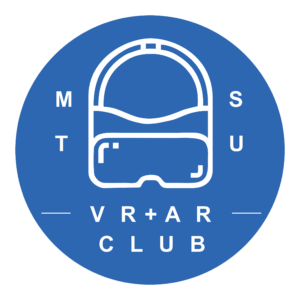 The VR-AR Club strives to create a learning space driven by students focused on the development of technologies such as Augmented and Virtual Reality. The club offers a range of activities including speakers, software and hardware demonstrations, networking, social events, and project development to encourage independent and group learning. The club meets once a week in a friendly space to promote fun and inspiration.
The VR-AR Club strives to create a learning space driven by students focused on the development of technologies such as Augmented and Virtual Reality. The club offers a range of activities including speakers, software and hardware demonstrations, networking, social events, and project development to encourage independent and group learning. The club meets once a week in a friendly space to promote fun and inspiration.
For more information, email Paul Griswold, VR-AR Club Advisor
Discover other Media Arts related student organizations!
Related Links

CONTACT US
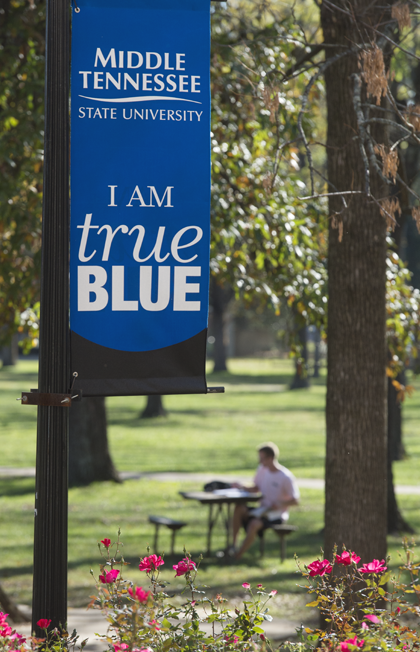
Please fill in the form below and we will contact you very soon















